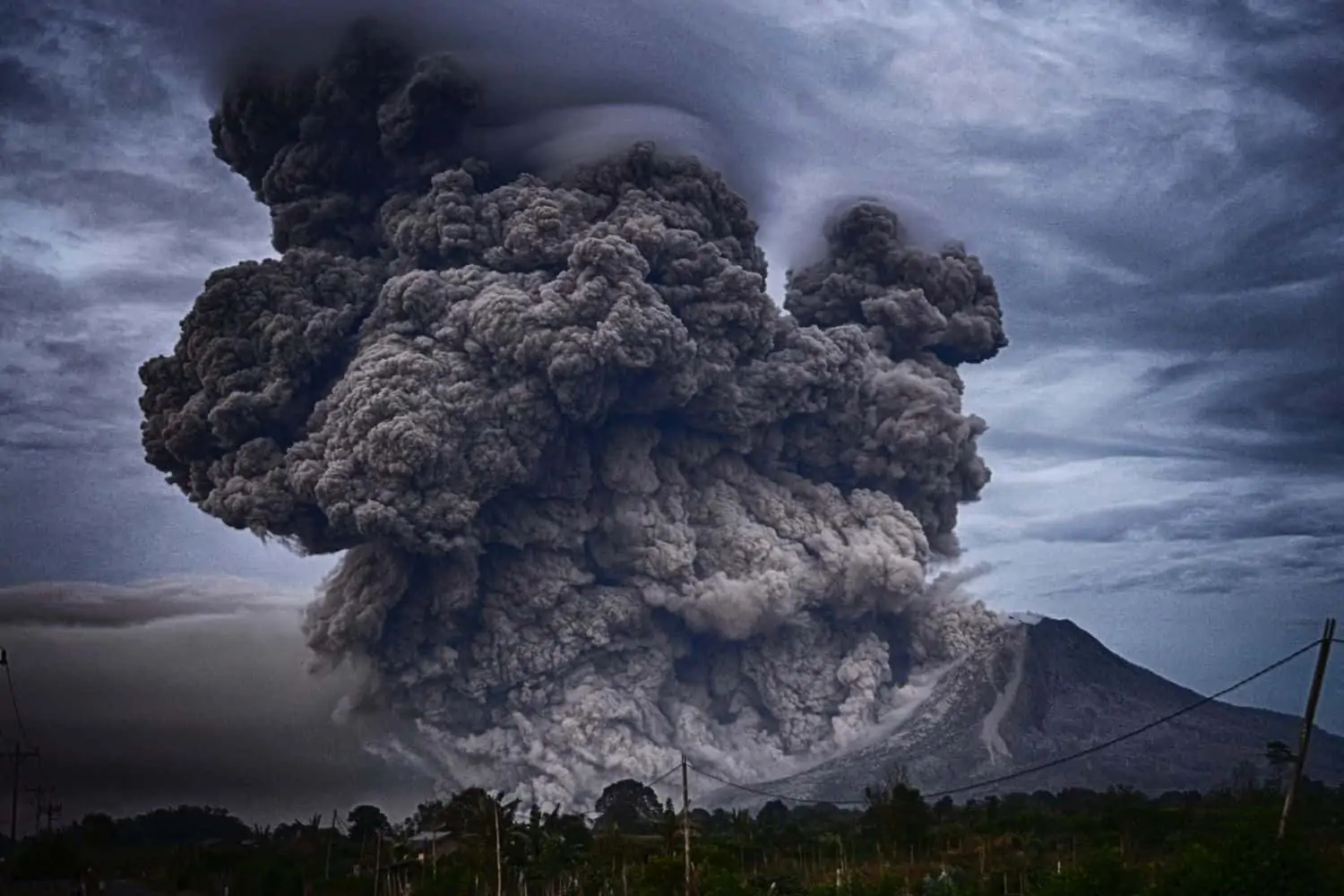On Saturday, 4 December, the biggest mountain on the island of Java, Indonesia, came to life. It spewed a “mushroom of volcanic ash” that caused hot mud to rain down – causing thousands of locals to flee their homes. Sadly, 15 were killed during the incident.
Fresh volcanic activity caused rescue operations to be paused
The grey volcanic ash and mud filled the streets, swallowing homes and vehicles – even whole trucks. And due to fresh volcanic activity on Monday, the rescue operations were suspended. Thus leaving the 27 missing people still unfound.
“All evacuation teams have been pulled out… temporarily because there was a small fresh eruption and it could endanger the evacuation teams,” said rescue worker Rizal Purnama.
The scene was devastating as dangerous thick waves of smoke continuously emerged from ash-covered areas and rescuers tried to dig through the mud looking for survivors and to recover bodies.
Their task of refusing, however, became that much more difficult as the volcanic debris started to harden.
“It’s very difficult… with simple tools,” Rizal Purnama said. “It is very likely bodies that have not been found are buried under the hot mudflow.”

Many areas around the volcano have been affected
According to Indonesia’s geological agency, ash from Semeru travelled up to 4km away from the eruption. And locals have been advised by officials to not travel within 5km of Semeru’s crater since the nearby air is highly polluted.
In Kampung Renteng village, a sand mine company’s office was completely buried after the eruption, trapping 15 workers.
“There’s no news from them. Only one operator was rescued, he’s now at the hospital with burns,” the foreman, Hasim (65) said.
Hasim further explained how dark it was after the eruption. Another survivor, Suwarti Ningsi and her daughter were trapped in their home for five hours.
“I couldn’t see anything, it was just like at night. Everybody was panicking,” said Ningsi.
The possibility of rain could further delay rescue work
Possible rain is forecasted for the area, which could make the rescuing work that much harder.
And according to Indonesia’s top volcanologist, the rain can possibly cause “ash sediment to form a new river of hot lava“.
The ash and mud from the volcano also completely polluted the waterways around Mount Semeru. An now only streams of dark grey sludge can be seen.
Sadly not the first or last devastation for Indonesia
Indonesia sits on the Pacific Ring of Fire. This is where the continental plates meet and causes “high volcanic and seismic activity“. And there are nearly 130 active volcanoes in the country.
In late 2018, there was an eruption between the Java and Sumatra islands which caused an underwater landslide and tsunami. This horrible incident killed more than 400 people.
And Mount Semeru’s last major eruption was only in December 2020, which, much like this weekend’s eruption, caused devastations and thousands had to flee.
